
Introduction : Johar Jharkhand
A state that is both physically and culturally significant is located in the centre of India. Johar Jharkhand is more than simply a way to say hello; it’s a doorway into the heart of this colourful and unique area. We’ll explore into the meaning of the word Johar in this post, and then we’ll set out to uncover Jharkhand’s distinctive features and undiscovered gems.
The Significance of Johar, Jharkhand

Johar Jharkhand : In the tribal communities of Jharkhand, as well as in certain regions of Chhattisgarh and Odisha, the word Johar holds significant cultural and social importance. It is not just a mere greeting but a profound expression that encapsulates both “salutation and welcome” along with the essence of “paying respect.”
Among the indigenous tribal communities, especially the Munda and Oraon tribes, Johar is the customary way to greet one another. It goes beyond a simple “hello” and is deeply rooted in their traditions and values. When someone says Johar, they are not just extending a welcome; they are also acknowledging the presence of the other person with genuine warmth and respect.
Moreover, Johar is often accompanied by a symbolic gesture of folded hands, which signifies reverence and humility. This gesture is a visual representation of the respect and regard that the speaker holds for the person being greeted.
In essence, Johar serves as a cultural bridge, connecting individuals in these tribal communities and fostering a sense of unity and solidarity. It’s a beautiful expression of the rich cultural heritage and social harmony that characterizes these regions of India.
A Brief History of Johar Jharkhand
Jharkhand, located in eastern India, has a rich and diverse history that spans thousands of years. Here is a brief overview of the historical events that have shaped the region:
Ancient History: The history of Jharkhand can be traced back to ancient times when it was inhabited by various indigenous tribes. The region was known for its rich mineral resources, dense forests, and fertile lands, making it attractive to early human settlements. Several tribal communities, such as the Mundas, Santhals, and Oraons, have lived in Jharkhand for centuries and have preserved their unique cultures and traditions.
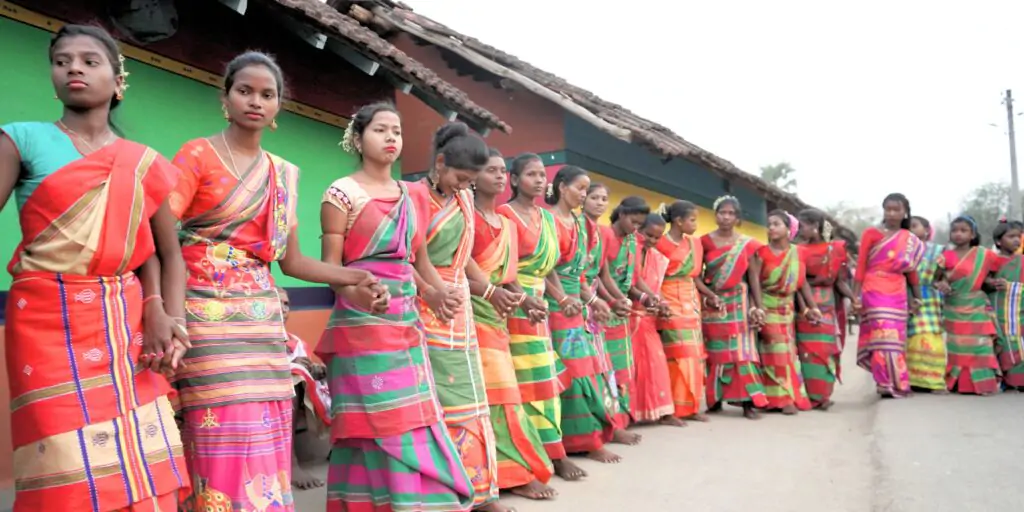

Medieval Period: During the medieval period, Jharkhand was part of various dynasties and empires, including the Mauryan and Gupta Empires. The region’s mineral wealth, particularly its mineral-rich plateaus, drew the attention of rulers and traders from neighboring areas.
British Colonial Era: The British East India Company gradually extended its influence into Jharkhand in the 18th and 19th centuries. The region became an important center for mining and agriculture under British rule. The exploitation of its natural resources had a significant impact on the local communities.
Tribal Uprisings: Jharkhand witnessed several tribal uprisings against British colonial rule and the exploitation of their lands and resources. Prominent leaders like Birsa Munda led movements for the rights of the indigenous tribes. These uprisings played a crucial role in shaping the identity of Jharkhand as a distinct region.
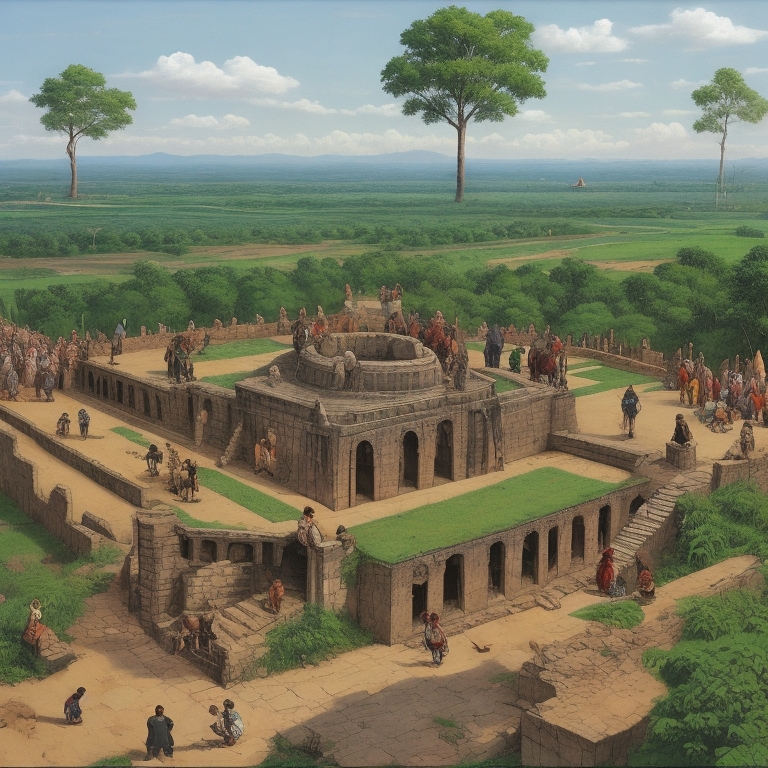

Post-Independence Period: After India gained independence in 1947, the demand for a separate state for the people of Jharkhand grew stronger. The region faced economic disparities, and the local communities sought greater autonomy and control over their resources.
Formation of Jharkhand: On November 15, 2000, Jharkhand was carved out of the southern part of Bihar to become an independent state. Ranchi was declared its capital. This move was a result of years of struggle and demands for a separate state based on cultural and economic differences from Bihar.
Modern Jharkhand: Since becoming a separate state, Jharkhand has made significant progress in various sectors, including mining, agriculture, education, and healthcare. It is known for its rich mineral resources, especially coal and iron ore, which contribute to the state’s industrial development. However, challenges such as poverty, tribal rights, and environmental conservation persist.
Johar Jharkhand : Beauty in Nature and Wilderness


Jharkhand cannot be discussed without bringing up its verdant woods. The state is proud of its thick forest cover, which offers a home to a variety of plants and animals. Jharkhand’s woods are not only important environmentally, but they also provide stunning scenery for nature lovers.
Stunning Waterfalls
The state of Jharkhand is blessed with some of India’s most beautiful waterfalls. These waterfalls, such Hundru Falls and Jonha Falls, are breathtaking to see as they tumble down rocky cliffs. They provide a peaceful retreat from the commotion of metropolitan life.
An great cultural heritage
Folk dance and music
Johar Jharkhand is a land of rich cultural diversity, and its folk dance and music play a significant role in preserving and celebrating the traditions of the state. Here are some of the prominent folk dances and music forms in Jharkhand:
1. Chhau Dance: Chhau is a traditional dance form that is widely performed in Jharkhand. It is known for its intricate mask-dance style, where performers wear colorful masks representing various characters from mythology. Chhau dance often depicts stories from Hindu epics and is characterized by energetic movements and elaborate costumes.
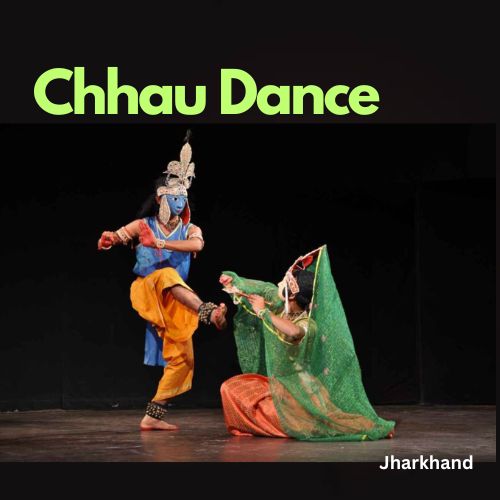

2. Jhumair: Jhumair is a popular folk dance of Jharkhand, primarily performed during various festivals and celebrations. It is known for its graceful and rhythmic movements, with dancers forming a circle and swaying to the beats of traditional instruments like the madal (drum) and flute.


3. Santhali Dance: The Santhali community in Jharkhand has a vibrant dance tradition. Santhali dances are marked by their simplicity and grace. Dancers often perform in a group, telling stories of daily life, nature, and community through their movements. Johar Jhrakhand : The traditional music accompanying these dances includes instruments like the bansi (flute) and dhodro banam (a bowed string instrument).
4. Karma Dance: Karma dance is performed by the Oraon tribal community during the Karma festival, which celebrates the spirit of agriculture and nature worship. Dancers use props like decorated branches and leaves, and the dance is accompanied by rhythmic songs and drum beats.
5. Fagua: Fagua is a folk dance and music form celebrated during the Holi festival in Jharkhand. It involves vibrant and lively dance performances where people sing and dance to the tunes of traditional instruments like the dhol (drum) and shehnai (wind instrument). The dance is a colorful expression of the joy and enthusiasm associated with Holi.
6. Birhor Dance: The Birhor tribe, a lesser-known tribal community in Jharkhand, has its own unique dance form. Birhor dances are characterized by rhythmic footwork and hand movements. These dances are often performed during their festivals and special occasions.
7. Folk Music: Johar Jharkhand’s folk music is as diverse as its dance forms. Traditional musical instruments like the nagara (kettle drum), dholak (double-headed drum), and bansi (flute) are commonly used. Folk songs narrate tales of heroism, love, nature, and daily life, reflecting the cultural ethos of the region.
Traditional Food in Jharkhand
Johar Jharkhand, in tribal communities, traditional food holds a special place and plays a crucial role in their culture and way of life. These communities have developed their own distinct culinary traditions over generations, often based on locally available ingredients and sustainable farming practices. Here are some common features of traditional food in tribal communities:
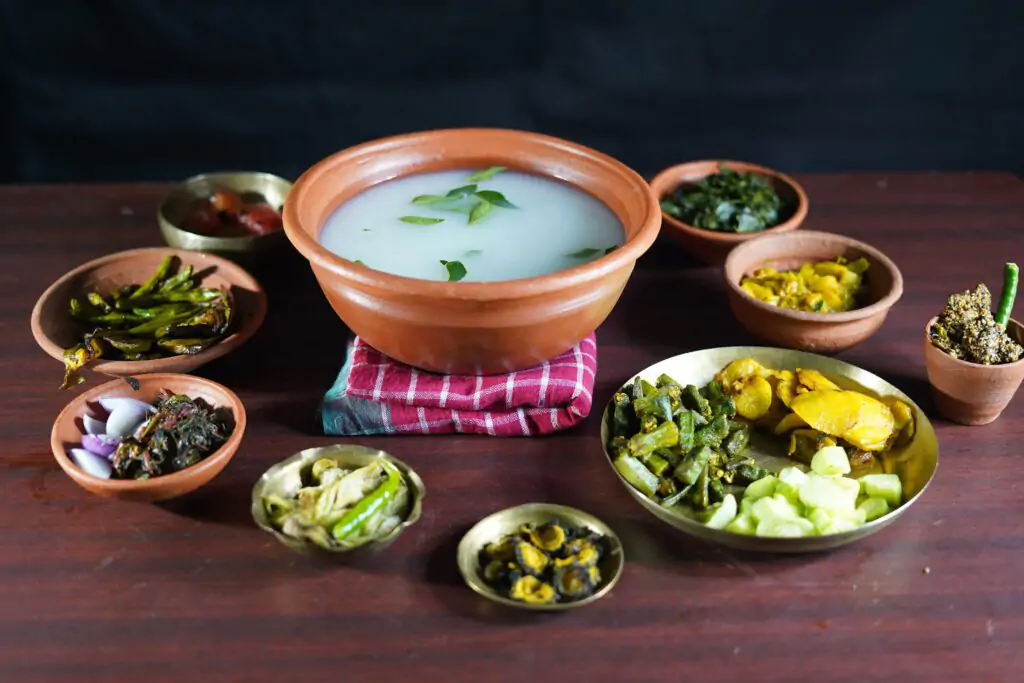

- Use of Indigenous Ingredients: Tribal communities rely on locally available ingredients, which often include various grains, millets, vegetables, and fruits that are well-suited to the region’s climate and terrain.
- Millets: Millets like finger millet (ragi), pearl millet (bajra), and sorghum (jowar) are staple grains in many tribal diets. They are nutritious and can withstand harsh growing conditions.
- Wild Edibles: Wild leafy greens, tubers, and fruits gathered from the forest play a significant role in tribal diets. These foods provide variety and important nutrients.
- Rice and Pulses: Rice and various pulses are commonly consumed by tribal communities. These form the basis for many traditional dishes.
- Fermented Foods: Fermentation is a prevalent food preservation and preparation technique. Foods like fermented rice cakes, bamboo shoot pickles, and fermented fish are popular.
- Minimal Processing: Traditional foods in tribal communities are typically minimally processed, preserving their natural flavors and nutritional value.
- Spices and Herbs: Local spices and herbs are used to season and flavor dishes. These may include ingredients like turmeric, ginger, garlic, and various indigenous herbs.
- Community and Rituals: Food preparation and consumption often have strong social and ritualistic significance in tribal communities. Many dishes are associated with specific festivals and ceremonies.
- Sustainability: Traditional tribal diets tend to be sustainable and ecologically responsible, as they rely on locally sourced and seasonal ingredients.
- Cooking Methods: Cooking methods can vary, with many tribes using open fires, clay pots, and traditional utensils. Slow-cooking and steaming are common techniques.
- Diverse Culinary Traditions: The culinary traditions of tribal communities can vary significantly from one tribe to another, showcasing the diversity of India’s tribal cultures.
Economic expansion
Johar Jharkhand has experienced tremendous industrial growth in recent years. Because of its abundant mineral resources, the state has seen economic expansion in sectors including steel, coal, and electricity generation.
Workplace Opportunities
Industrialization leads to more employment possibilities. Investments have been drawn to Jharkhand, resulting in the development of jobs for the state’s expanding population. As a result, both urbanisation and living standards have increased.

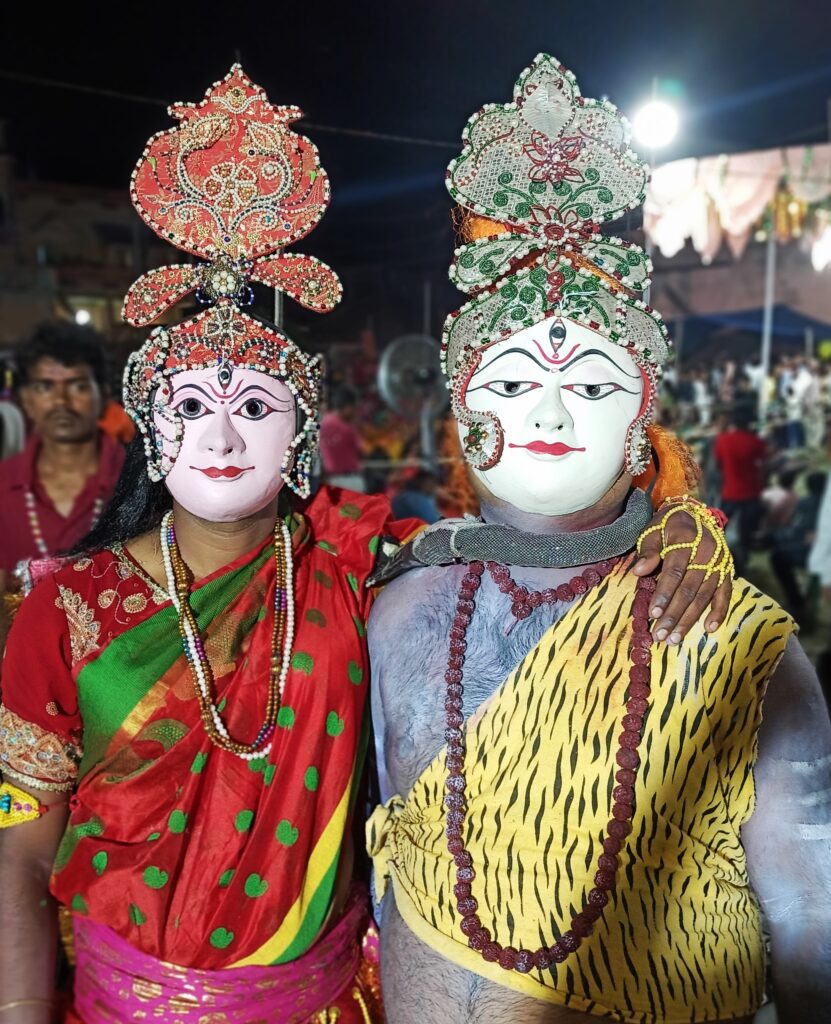
Pingback: Pakhal Bhat: A Taste of Tradition from Odisha and Jharkhand -
Pingback: Leaf Plates and Bowls from Jharkhand and Odisha - Creative Tribals
Pingback: Bali Jatra in Odisha: A Magnificent Kartik Purnima Celebration -
Pingback: Tusu Parab: A Deep Dive into the Roots of Celebration -
Pingback: Palash Flowers Illuminate Jharkhand's Holi Celebrations -